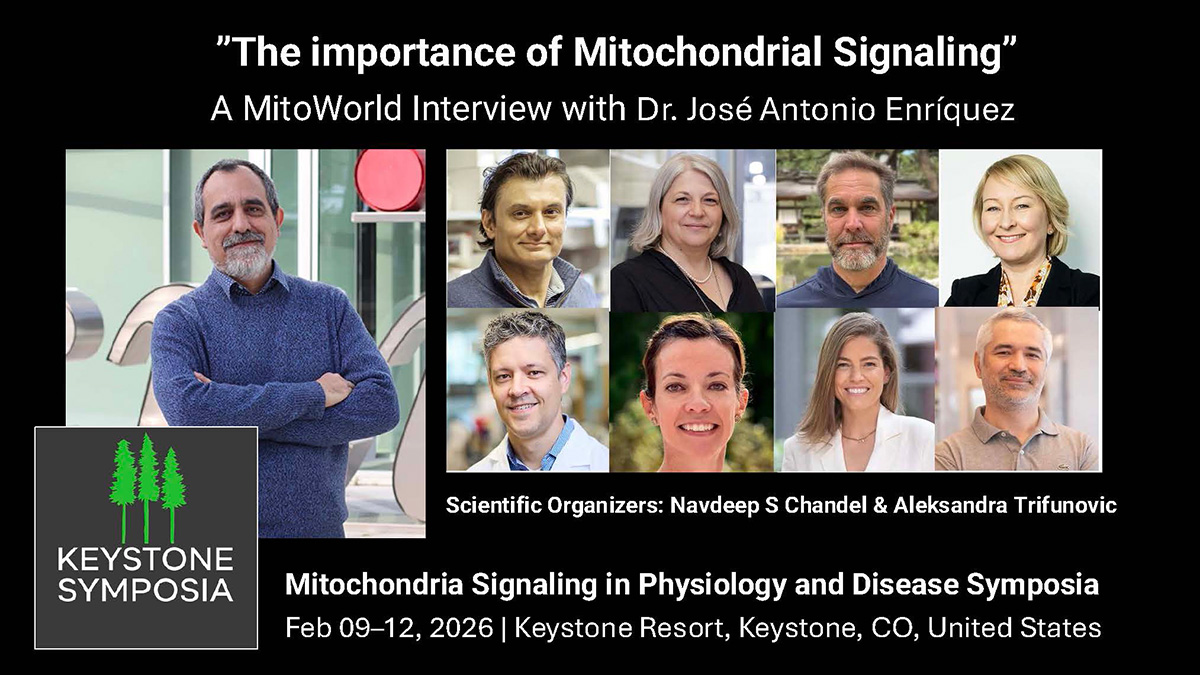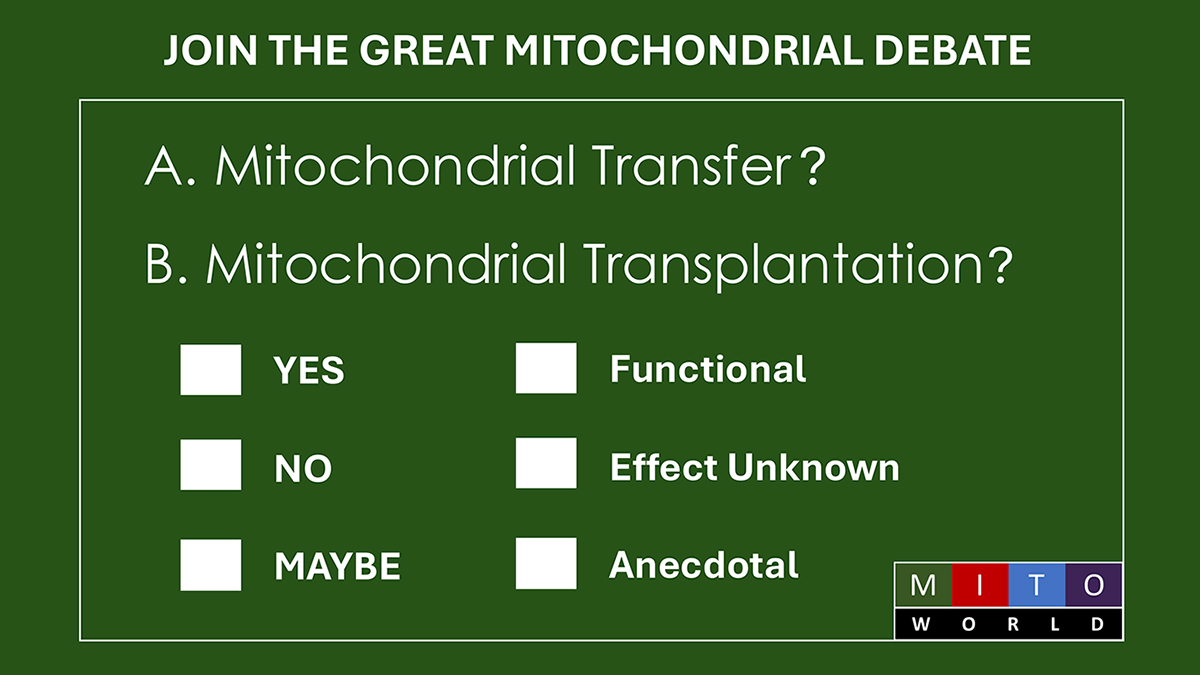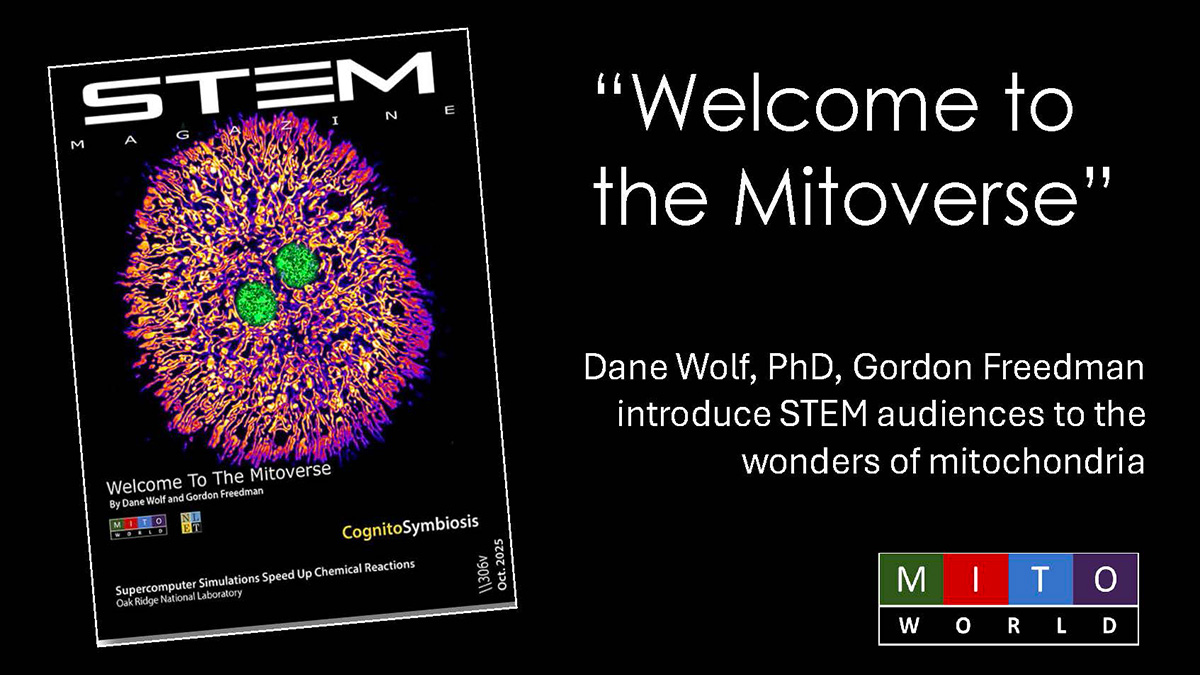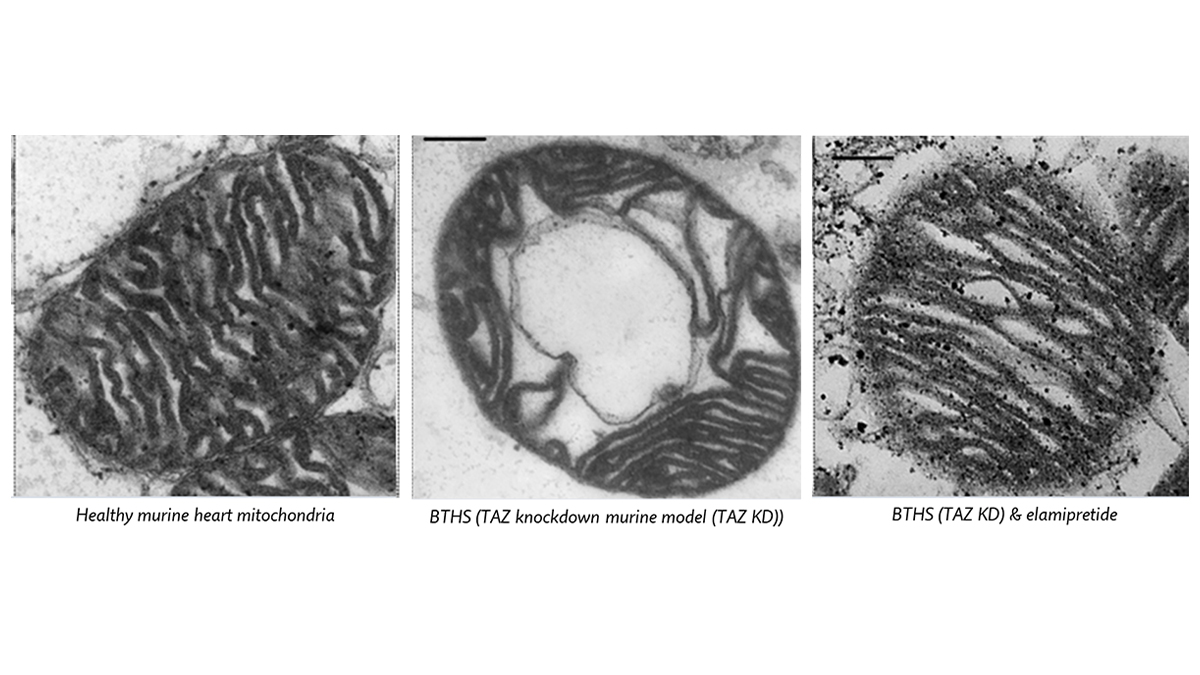
Mitochondrial Signaling as the New “Powerhouse of the Cell”
Keystone Mitochondria Signaling in Physiology and Disease Symposium, Feb 09–12, 2026
https://www.keystonesymposia.org/conferences/conference-listing/meeting/onpage-program/b12026
A collective effort across the mitochondrial research and clinical communities has sought to play down the “powerhouse of the cell” phrase as the sole description of mitochondria and, instead, to elevate the amazing multiplicity of mitochondrial functions. Top among those functions is mitochondrial signaling. The leaders in the signaling field will be gathering at the Keystone “Mitochondria Signaling in Physiology and Disease Symposium,” Feb 09–12, 2026, at the Keystone Resort, Keystone, Colorado in the U.S, whose keynote speaker is Anu Suomalainen Wartiovaara, University of Helsinki, presenting “Lessons Learned from Patients with Mitochondria Mutations for Physiology and Diseases.” [Conference Flyer]
Scientific organizers, Navdeep Chandel, Northwestern University Feinberg School of Medicine, and Aleksandra Trifunovic (video), Institute for Mitochondrial Diseases and Aging, University of Cologne, among the most published on the topic, have brought together a very strong group of international speakers to present findings and stimulate dialog. Among them is José Antonio (Tonio) Enríquez, Professor and Group Leader of the “Functional Genetics of the Oxidative Phosphorylation System (GENOXPHOS)” Laboratory at the Spanish National Center for Cardiovascular Research (CNIC) in Madrid, Spain.
Because of Tonio’s expertise in mitochondrial bioenergetics, oxidative phosphorylation (OXPHOS) and mitochondrial signaling and communication, MitoWorld asked him to answer a few questions about mitochondrial signaling and its significance to build the platform for understanding mitochondria more completely.
MitoWorld: What is the significance of this conference in terms of content, collaborations and the field of mitochondrial signaling?
Enríquez: This Keystone conference represents a pivotal moment in mitochondrial research, marking the formal recognition of mitochondria as central signaling hubs rather than mere energy factories. The conference, organized by Navdeep Chandel and Aleksandra Trifunovic, brings together field leaders who have fundamentally reshaped our understanding of mitochondrial biology over the past 25 years.
MitoWorld: Why is the conference important to do you individually? Can you introduce your area that relates to signaling?
Enríquez: My research area directly relates to signaling through the study of metabolic channeling and respiratory supercomplex assembly. These structures are not merely efficient ATP production units. They represent sophisticated signaling platforms that regulate ROS production, metabolite flux, and cellular stress responses. The spatial organization of respiratory complexes influences how electrons flow through the chain, affecting both energy production and generation of signaling molecules, such as superoxide and hydrogen peroxide. Furthermore, my work on aging mechanisms connects directly to mitochondrial retrograde signaling pathways that communicate cellular stress to the nucleus, triggering adaptive responses or, when dysregulated, contributing to age-related pathologies.
MitoWorld: It seems that “signaling” always must be added to any mitochondrial discussion to get beyond the APT/powerhouse conversations. Talk about how we should see mitochondria and mtDNA as part of the signaling functions in cells with the nucleus and beyond.
Enríquez: The persistent need to add “signaling” to mitochondrial discussions reflects decades of reductionist thinking that portrayed mitochondria solely as cellular powerhouses. This ATP-centric view, while historically important, has become a conceptual limitation that obscures the true complexity of mitochondrial function. Mitochondria and mtDNA function as integrated signaling networks with multiple mechanisms.
- Metabolite signaling: Mitochondria produce signaling metabolites (e.g., α-ketoglutarate, succinate, acetyl-CoA, and citrate) that directly regulate nuclear gene expression through epigenetic modifications. These metabolites serve as cofactors for chromatin-modifying enzymes, linking mitochondrial metabolism to nuclear transcriptional programs.
- ROS as signal transducers: Rather than just being toxic byproducts, mitochondrial ROS function as essential signaling molecules that activate stress-responsive pathways, regulate hypoxia responses, and control cellular fate decisions. The spatial and temporal regulation of ROS production allows mitochondria to communicate specific information about cellular energetic and redox status.
- Retrograde signaling pathways: Mitochondria communicate their functional status to the nucleus through calcium-calcineurin signaling, AMPK activation, and transcription factor regulation. These pathways allow cellular adaptation to mitochondrial dysfunction and coordinate nuclear gene expression with mitochondrial needs.
- mtDNA as an inflammatory signal: Cytoplasmic release of mitochondrial DNA activates innate immune pathways through cGAS-STING signaling, linking mitochondrial damage to inflammatory responses. This represents a fundamental immune surveillance mechanism that monitors mitochondrial integrity.
MitoWorld: List and discuss the various types of signaling and the ones you personally are interested in.
Enríquez: The diversity of mitochondrial signaling mechanisms reflects the evolutionary origin and cellular integration of these organelles.
- Metabolite-mediated signaling: This includes one-carbon metabolism products (SAM, formate), TCA cycle intermediates (α-KG, succinate, fumarate), and lipid signaling molecules (cardiolipin, ceramide). These metabolites regulate epigenetic modifications, transcriptional programs, and enzymatic activities throughout the cell.
- ROS Signaling: Different mitochondrial sites produce distinct ROS species with specific signaling functions. Complexes I and III generate superoxide with different submitochondrial localizations, affecting cytoplasmic versus matrix signaling pathways. H₂O₂ serves as a diffusible signaling molecule that modifies cysteine residues on target proteins.
- Calcium signaling: Mitochondria function as calcium buffers and signal processors, with calcium uptake and release coordinating with cellular calcium oscillations to regulate gene expression, enzyme activities, and cellular excitability.
- Mitokine secretion: Mitochondrial stress triggers the release of signaling proteins, such as FGF21, GDF15, MOTS-c, and Humanin, that act in autocrine, paracrine, and endocrine manners to coordinate tissue responses. These represent a new class of stress-responsive hormones.
- Intercellular mitochondria or mitochondrial components transfer: Direct transfer of mitochondria or mitochondrial components between cells represents a mechanism for intercellular signaling that can modify recipient cell function.
- Epigenetic regulation: Mitochondrial function directly influences nuclear chromatin structure through metabolite availability, NAD+/NADH ratios, and histone modification enzyme activities. This creates a direct link between mitochondrial metabolism and gene expression programs.
Personally, I am most interested in ROS signaling mechanisms and metabolite-mediated epigenetic regulation, as these directly relate to my research on respiratory complex assembly and aging mechanisms.
MitoWorld: If we are to re-define mitochondria how important is signaling and what might the inclusive definition include?
Enríquez: Signaling is critically important because it represents the mechanism by which mitochondria integrate their traditional functions with cellular and organismal physiology. Without signaling, mitochondria would be isolated organelles incapable of coordinating their activities with cellular needs or communicating their status to other cellular compartments. The new paradigm recognizes mitochondria as “cellular command centers” that process information, make decisions, and coordinate responses rather than simply executing metabolic programs
MitoWorld: For newcomers to the field, what would you tell them in terms of the importance of signaling in general and mitochondrial signaling in particular?
Enríquez: For students and PhD candidates entering the field, I would emphasize several key points.
- Understanding signaling as fundamental biology: Every cellular process, from development to disease, involves signaling networks. Students should approach mitochondria as integrated systems rather than isolated organelles.
- Interdisciplinary perspective is essential: Modern mitochondrial research requires integration of biochemistry, cell biology, physiology, bioinformatics, and clinical medicine. Students should develop broad competencies and collaborative skills to address complex mitochondrial questions.
- Technical diversity: The field requires expertise in diverse methodologies—from single-cell analyses and live imaging to omics approaches and animal models. Students should gain experience with multiple technical approaches to study mitochondrial function.
- Clinical relevance: Mitochondrial signaling dysfunction underlies numerous diseases, including cancer, neurodegeneration, metabolic disorders, and aging. Understanding the translational potential of basic research enhances both scientific impact and career opportunities.
Students must understand that signaling represents the mechanism by which mitochondria exert their biological effects beyond energy production. Dysregulated signaling, not simply energy deficiency, underlies most mitochondrial contributions to disease pathology.






